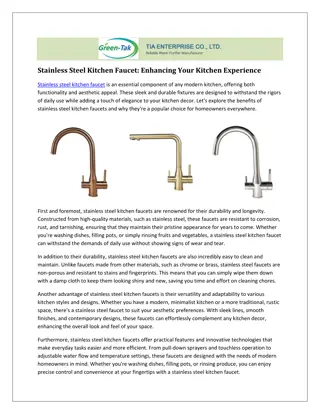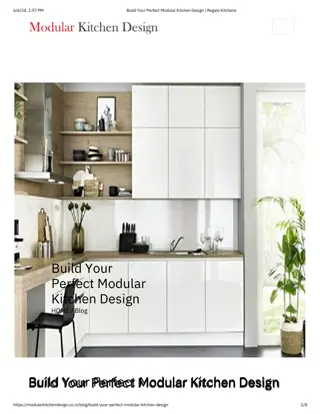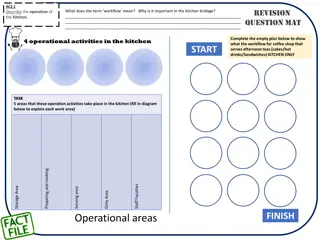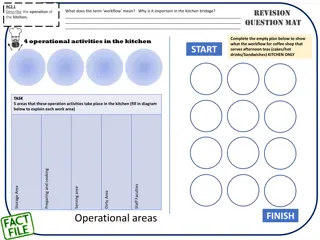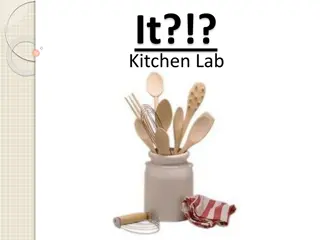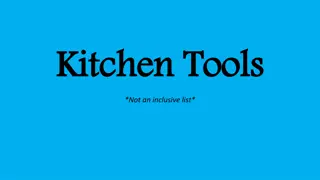Essential Guide to Small Kitchen Appliances and Equipment Use
Explore the versatility of food processors and immersion blenders for efficient food preparation. Learn how to calibrate thermometers and the importance of accurate measurements in culinary applications. Discover optimal care practices for small kitchen appliances for enhanced performance and longevity.
Download Presentation

Please find below an Image/Link to download the presentation.
The content on the website is provided AS IS for your information and personal use only. It may not be sold, licensed, or shared on other websites without obtaining consent from the author.If you encounter any issues during the download, it is possible that the publisher has removed the file from their server.
You are allowed to download the files provided on this website for personal or commercial use, subject to the condition that they are used lawfully. All files are the property of their respective owners.
The content on the website is provided AS IS for your information and personal use only. It may not be sold, licensed, or shared on other websites without obtaining consent from the author.
E N D
Presentation Transcript
Small Appliances and Equipment Objective 3: Select and explain the appropriate use and care of small appliances and equipment for specific product preparation and culinary applications.
A versatile kitchen appliance that can quickly and easily chop, slice, shred, grind, and puree almost any food. It is different than a blender because you can chop, grind and puree without adding additional liquid. It is also used to make piecrusts, bread and pasta dough. Grains, nuts and meats can be ground with this versatile piece of kitchen equipment Food processor Food processor
https://www.youtube.com/watch?v=iT5QX9rWTFQ Food Processor
An immersion blender, or stick blender is a kitchen appliance to blend ingredients or puree food in the container in which they are being prepared. It can quickly and easily chop, grind, and puree almost any food. Immersion blenders are often used to emulsify salad dressings and pureed sauces and soups. Immersion blender Immersion blender
https://www.youtube.com/watch?v=gw4dqIkgF1o Immersion Blender
Insert thermometer into the thickest part of the food without touching bone or fat, when checking the temperature Internal temp Internal temp thermometers/calibratio thermometers/calibratio n n
Insert thermometer into a glass of ice. Check temperature If it is 32*F, then it is OK. If not, use a wrench to adjust Screw on the thermometer to 32. Then you know that it Is calibrated correctly for measuring all foods. Calibrate meat thermometer
Because weighted measure (grams, ounces) is much more accurate than volumetric measurements (cups, tablespoons, teaspoons) a scale should be used in recipe preparation whenever possible. More consistent results will occur with the use of a scale and recipes can be easily scaled to fit any number of servings Scale
https://www.youtube.com/watch?v=1BEadsFfr2s Baking Scale







